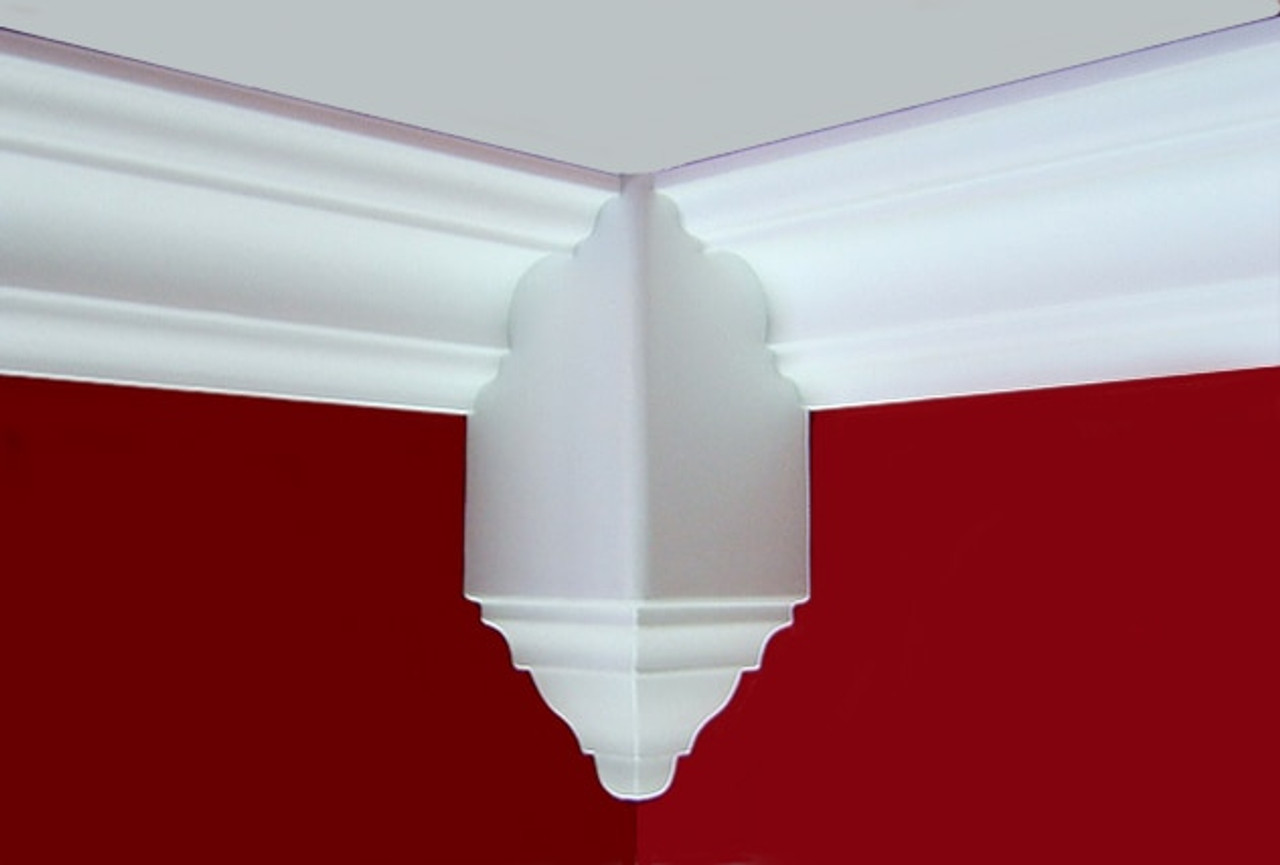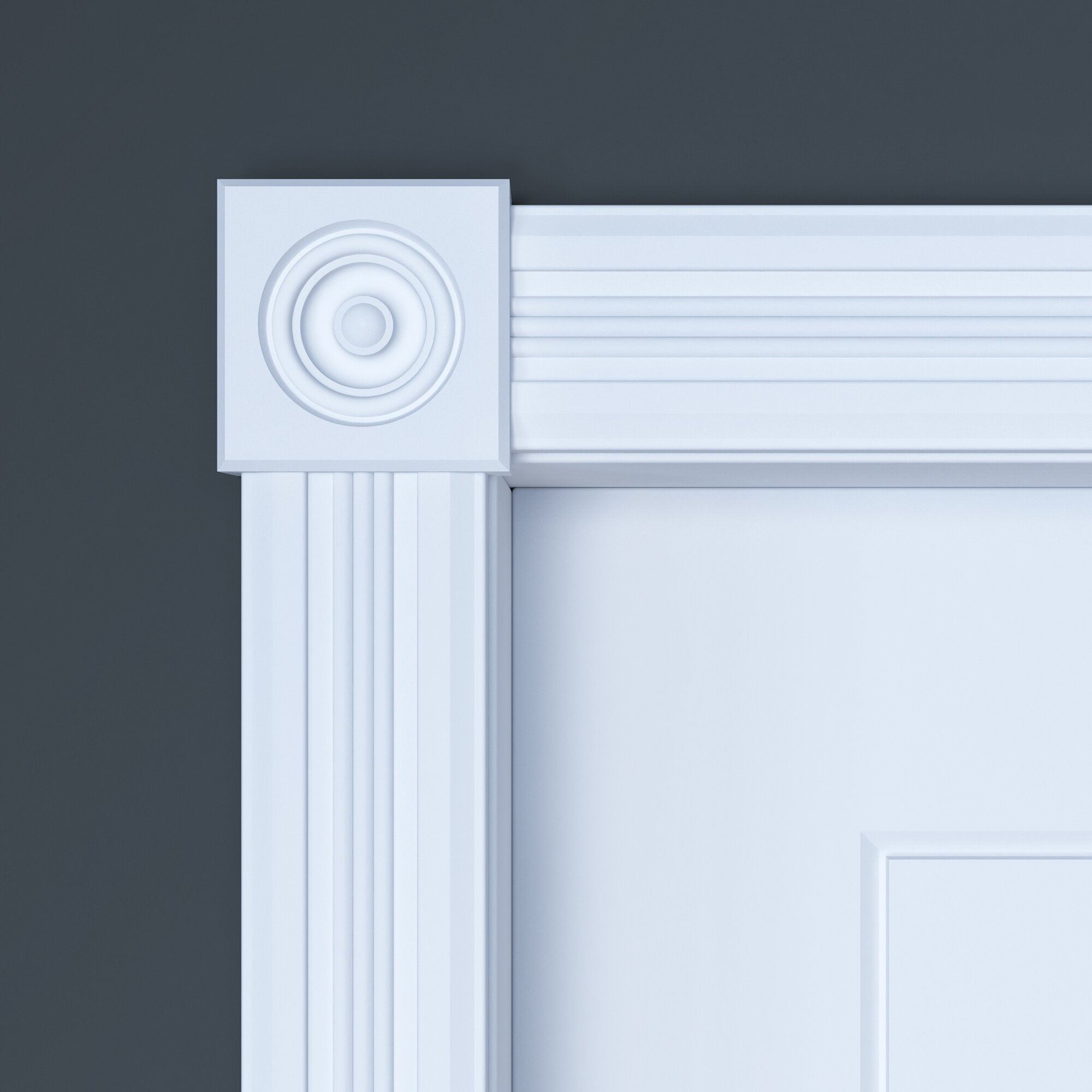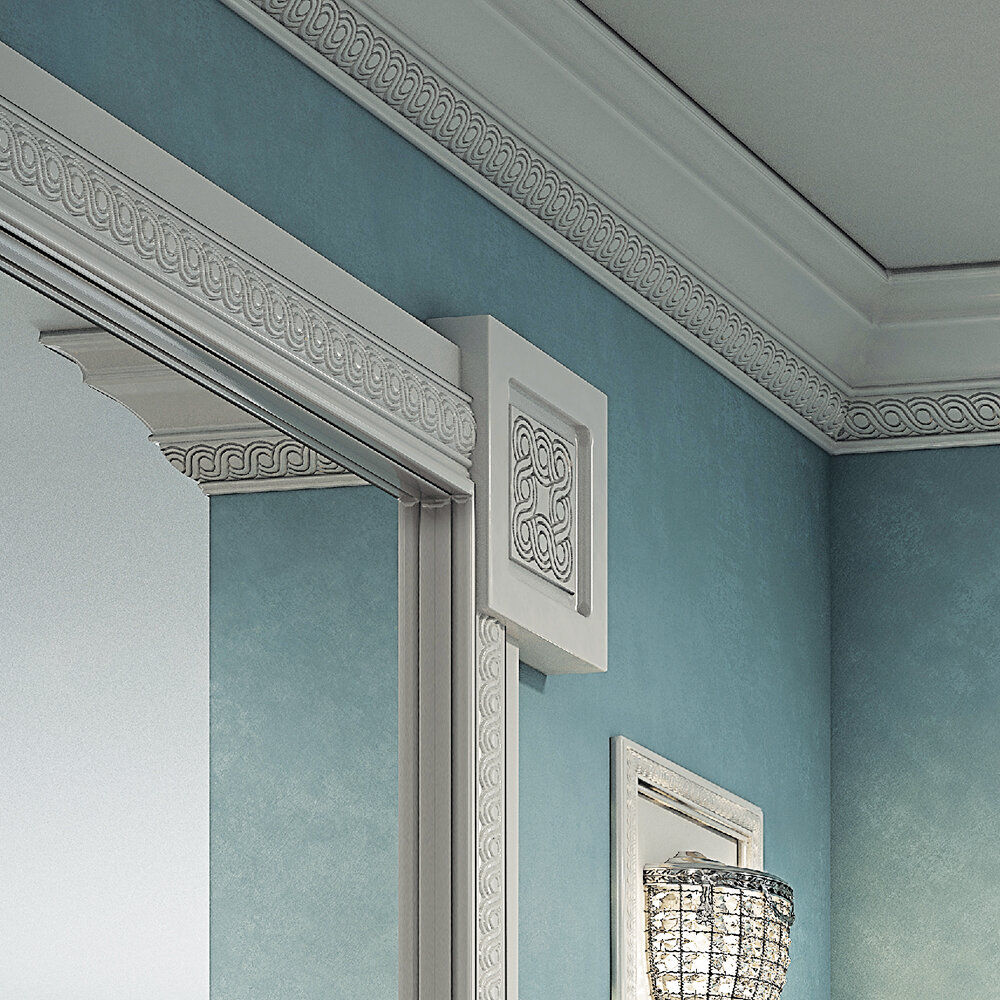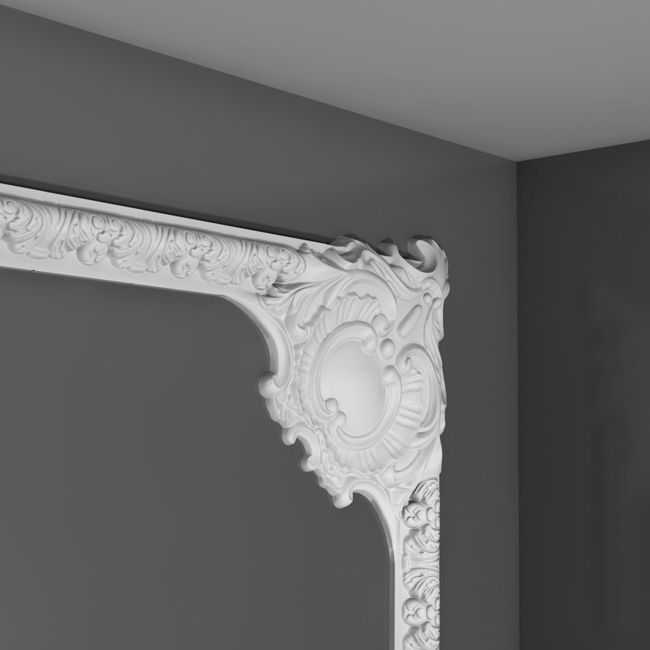When it comes to enhancing the beauty and functionality of a room, few design elements can rival the impact of corner decorative molding. This often-overlooked feature can dramatically elevate the aesthetics of your home, adding character and sophistication. In this comprehensive guide, we’ll delve into everything you need to know about corner decorative molding—from styles and materials to installation tips and personal anecdotes. Whether you’re a seasoned DIYer or just beginning your home improvement journey, you’ll find valuable insights here.
What is Corner Decorative Molding?
Corner decorative molding refers to the architectural trim used to cover the junction where two walls meet in corners. It’s available in various styles and materials, providing an excellent opportunity to enhance the visual appeal of any space.
Types of Corner Decorative Molding
Choosing the right type of corner molding can significantly influence your room’s atmosphere. Below, we’ll explore some of the most popular styles:
1. Crown Molding
Crown molding is typically installed where the walls meet the ceiling. It adds elegance and can make rooms feel taller.
Benefits of Crown Molding
- Creates a seamless transition between walls and ceilings.
- Adds height to a room, making it appear larger.
- Available in various styles to match your decor.

2. Baseboard Molding
Baseboard molding covers the joint between the walls and the floor. It’s essential for protecting walls and adding a finished look to rooms.
Pros and Cons of Baseboard Molding
| Pros | Cons |
|---|---|
| Protects walls from damage | Can be difficult to install for beginners |
| Enhances the room’s decor | May require regular maintenance |

3. Chair Rail Molding
Chair rail molding is a horizontal trim that runs along the wall, typically about 30 inches off the ground. It serves as a guard against furniture damage.
Use Cases for Chair Rail Molding
- Defines wall colors in a two-tone paint scheme.
- Adds dimension to flat walls.

4. Corner Blocks
Corner blocks are decorative elements installed at the corners of window and door casings. They make installations easier and add a finished look.
Advantages of Using Corner Blocks
- Simplifies the installation process.
- Adds decorative flair to traditional moldings.

Choosing the Right Material for Corner Decorative Molding
Just as important as the style is the material used for your corner molding. Here are the most common materials and their characteristics:
1. Wood
Wood is a classic choice that offers warmth and beauty. It can be painted or stained to match your decor.

Wood Molding Pros and Cons
| Pros | Cons |
|---|---|
| Durable and long-lasting | Can be expensive |
| Eco-friendly option | Requires maintenance |
2. MDF (Medium Density Fiberboard)
MDF is a popular choice for its affordability and ease of installation. It can be painted easily but lacks the natural beauty of real wood.

Pros and Cons of MDF Moldings
| Pros | Cons |
|---|---|
| Cost-effective | Not as durable as wood |
| Easy to paint | Can warp in high humidity |
3. Polyurethane
Polyurethane moldings are lightweight, flexible, and resistant to water. They are ideal for bathrooms and kitchens.

Advantages of Polyurethane Moldings
- Lightweight and easy to install.
- Water-resistant and ideal for high-moisture areas.
How to Install Corner Decorative Molding
Installing corner decorative molding can be a rewarding DIY project. Here’s a step-by-step guide based on my personal experience:
Tools and Materials Needed
- Corner molding of choice
- Miter saw or hand saw
- Measuring tape
- Wood glue or adhesive
- Nails and hammer or nail gun
- Caulking gun
- Paint or stain (optional)
Step-by-Step Installation Process
- Measure the Corner: Use a measuring tape to determine the length needed for each side of the corner.
- Cut the Molding: Using a miter saw, cut the molding at a 45-degree angle for a seamless fit.
- Position the Molding: Place the pieces in the corner to check the fit.
- Attach the Molding: Apply wood glue to the back of the molding, then press it into place. Secure it with nails or a nail gun.
- Fill Gaps: Use caulk to fill any gaps or holes, then smooth it out for a clean finish.
- Paint or Stain: If desired, paint or stain the molding to match your decor.
Design Tips for Using Corner Decorative Molding
Using corner decorative molding effectively can transform your space. Here are some design tips based on my experiences:
1. Match with Existing Decor
When choosing molding, consider the overall style of your home. Traditional styles work well with crown molding, while modern homes may benefit from sleek, minimalistic designs.
2. Use Color Strategically
Consider painting your molding a contrasting color to make it pop against the walls, or use the same color for a seamless look.
3. Layering Molding
In larger rooms, consider layering various molding types to create depth and visual interest.
Cost Considerations for Corner Decorative Molding
The cost of corner decorative molding varies significantly based on material, style, and installation method. Here’s a general breakdown:
Material Costs
| Material | Average Cost per Linear Foot |
|---|---|
| Wood | $2 – $6 |
| MDF | $1 – $3 |
| Polyurethane | $3 – $5 |
Installation Costs
If you opt for professional installation, expect to pay an additional $2 to $5 per linear foot, depending on the complexity of the job.
Common FAQs about Corner Decorative Molding
1. Can I install corner decorative molding myself?
Yes, with the right tools and materials, many homeowners can successfully install corner decorative molding as a DIY project.
2. How do I choose the right style of molding?
Consider your home’s architectural style, your budget, and how much visual impact you want the molding to have.
3. Is MDF a suitable material for bathrooms?
MDF can be used in bathrooms, but ensure it is adequately sealed to prevent moisture damage.
4. What is the best way to maintain corner decorative molding?
Regular cleaning and occasional painting or staining will help maintain the appearance of your molding.
Conclusion
Corner decorative molding is a simple yet effective way to enhance your home’s décor. Whether you choose crown molding for elegance or baseboard for a finished look, the right molding can bring warmth and character to any room. My journey with corner molding has taught me that the small details matter, and investing time into decorative elements can yield significant rewards. Happy decorating!